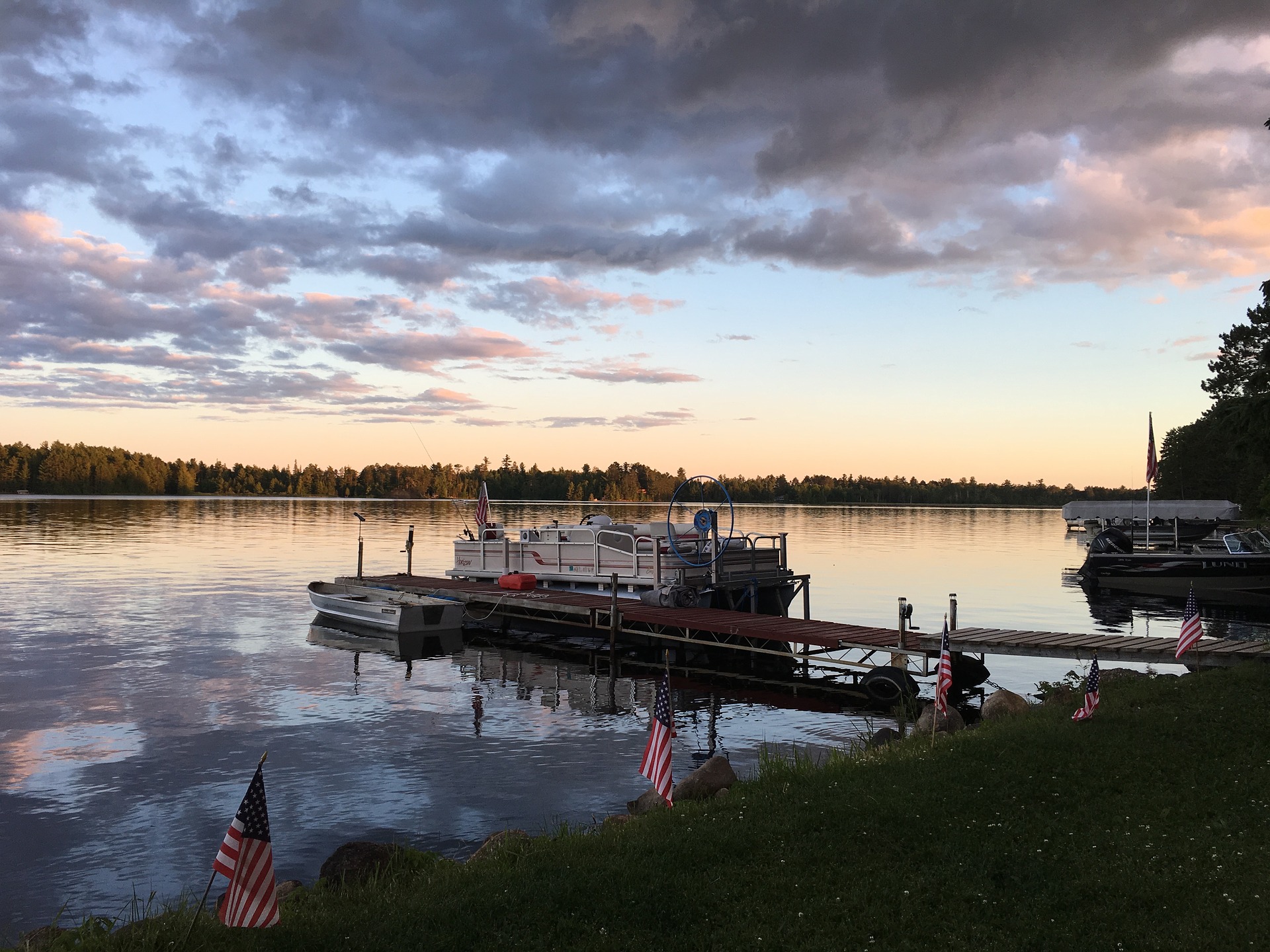
This project will evaluate the economic impacts of Eurasian watermilfoil on property values as well as quantify the role of water temperature and other lake characteristics in determining Eurasian watermilfoil abundance.
Specific activities include:
- Predicting lake-level Eurasian watermilfoil abundance under current and future climates
- Linking Eurasian watermilfoil abundance to economic metrics
- Communicating results and supporting decision-making using an online decision support tool
We currently have a limited understanding of how the economic impacts of AIS are linked to abundance, or how they are likely to change with climate change. To be proactive in AIS management, we need to understand how changing environmental conditions might change the distribution, abundance, and impacts of nuisance species. Quantifying changes in the ecological and economic impacts of Eurasian watermilfoil under varying climate scenarios will provide much-needed information for evaluating the costs and benefits of a range of detailed management options regarding current and future Eurasian watermilfoil abundance, economic impacts, and associated treatment costs. Such predictions can be used to identify priority lakes for prevention (e.g., vulnerable, uninvaded lakes) and control (e.g., vulnerable, low-abundance lakes) efforts. Additionally, predictions can be summarized at multiple scales, providing quantitative scenarios of current and future economic impacts and expected treatment costs for decision-making at lake, county, and state levels.
Progress
Researchers have successfully integrated Eurasian watermilfoil (EWM) surveyed data and lake-level environmental predictors and developed comprehensive models of EWM occurrence and abundance using Random Forests algorithm. The team have initiated work to predict within-lake variations in EWM distribution and abundance under current and future climate scenarios.
Zillow data on property location, sale and building details have been successfully extracted and narrowed down to capture lake-adjacent properties. The economics team have successfully completed preliminary analyses of EWM infestation on housing prices and are working towards developing more robust hedonic models that will incorporate and account for key lake-level ecological characteristics such as lake morphometrics and attractiveness, and county-level variations such as inflation rates.
As of summer 2021, the team was in the process of developing and fine-tuning various modeling approaches that will provide the necessary information for building the online data visualization tool, especially with respect to EWM distribution and impact under future climate change scenarios.
